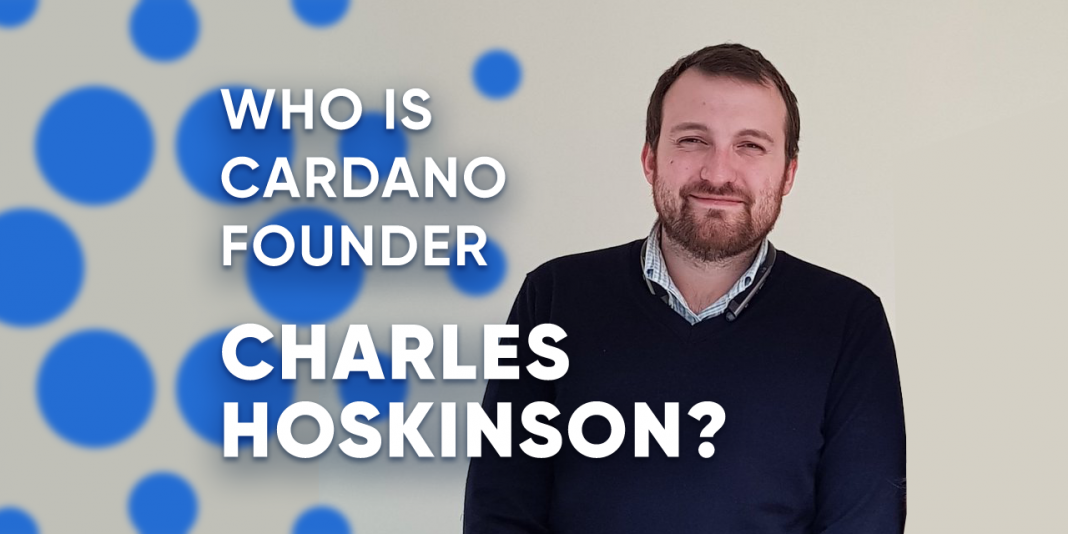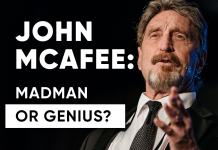Charles Hoskinson is the seasoned Blockchain developer and pioneer who has his hands in co-founding multiple key projects in Blockchain. Charles is the Founder of Cardano, Co-founder of Ethereum and Ethereum Classic.
Table of Contents
Background
There is no argument that Charles is technically gifted, thorough, self-determined, and willing to try out new things.
The 32-year old is an alumni of the Metropolitan State University of Denver and the University of Colorado. It was during his time at the University of Colorado that he studied Cryptography and Mathematics from where he developed a keen interest in functional programming.
In 2013, together with Dan Larimer-the co-founder of EOSIO, he started up the first blockchain and cryptocurrency startup, the Invictus Innovations.
He followed that up by founding the Cryptocurrency Research Group in September 2013 and the Bitcoin Foundation in December 2013. He continues to serve as the chairman of the educational committee at the foundation.
Charles the Founder
Given his technical background and love for research, he went on and co-founded Ethereum in 2014 with Vitalik Buterin and six others including Jeremy Lubin. Unexpectedly, a few months after launch, he acrimoniously left following the DAO hack of 2016.
However, the community found that the split was due to differences in ideology and strategy especially after Vitalik and the team decided to execute a hard fork so as to recover the hijacked ETHs from the flagship DAO.
Though the hard fork was not a rollback per se since victims could send new tokens in order to reclaim their trapped jewels, Charles believed that code is law, and Ethereum should adhere by the principles of immutability and transparency as spelled out in their white paper.
Even if he differed from Ethereum’s mutability approach, he continues to be influential in Ethereum Classic which recently activated the Atlantis Hard fork, an important upgrade that will boost interoperability between the network and Ethereum.
Notably, IOHK’s Mantis Client dropped off during the latter stage of Atlantis much to the disappointment of the community leaving Classic-Geth, Parity-Geth and Multi-Geth clients.
Pushing Cardano Forward
His desire to build a quality blockchain system based on research, cryptography, code and transparency led him to a different path and to Cardano which he launched in September 2017.
Earlier on, together with Jeremy Wood, they had founded Input Output Hong Kong (IOHK), the research wing of Cardano, with headquarters in Hong Kong. Charles Hoskinson considers Cardano to be a third-generation blockchain, a platform that builds on the improvement of Ethereum, heavily reliant on peer review and written using Haskell, a unique functional programming language used in financial software and in the military.
Sailing through the rough waters of 2018 and marked by transition delays and postponements, Charles Hoskinson’s team is determined and continues to perform. Prioritizing quality over speed, the team marked the second year of their anniversary by earlier announcing the Shelly Testnet launch.
Shelly is a crucial phase that transitions Cardano to a proof-stake platform after the completion of Byron, a phase where the network’s basic features were being developed. The announcement of Shelly Testnet was quickly followed by the rollout of Cardano Gold allowing ADA users to spend their coins just like they would with fiat through their cards.
Beginning this November, ADA will be minted (users would stake and earn ADA) in an incentivized Testnet as Cardano gears up for Shelly mainnet launch in early 2020.
Scuffling with Michael
In November 2018, Charles, the lead of IOHK, and Ken Kodama, the CEO of Emurgo, the business development wing of Cardano, masterminded the forceful resignation of the Cardano Foundation Chairperson, Michael Parsons, accusing him of poor leadership and using his position to misuse the Foundation’s funds.
Listing their frustrations in an open letter sent to the community, Charles was particularly aggrieved at how Michael attempted to rule staff “like a monarch.” Further, the chairman’s failure to replace departing members made him the de facto leading causing an imbalance within the organization.





















